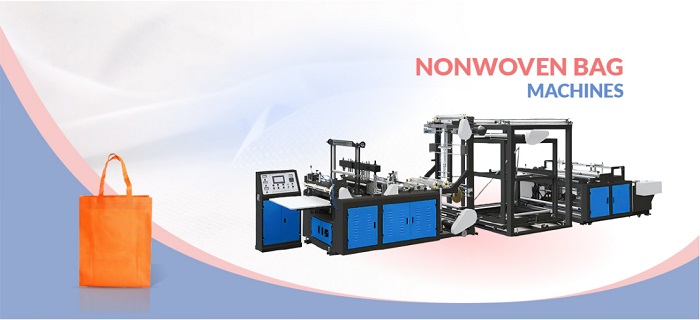In 1907, a scientist named Baekeland registered a patent for phenolic plastics. Since then, plastics have appeared on the stage of human history. While providing convenience, they also created white pollution and even threatened human health.
The United States is a big plastics country. In the 1940s alone, the annual output of plastics in the United States reached 400,000 tons. In the era of rapid industrial development, it only took the United States more than 30 years to make the output of plastics surpass the output of global steel. The United States is known as a big plastics country, and it is definitely worthy of the name..jpg)
According to data released by the World Environmental Philanthropy Organization, the United States produces an astonishing 250 million tons of solid waste each year, of which 34.5 million tons of plastic waste alone, and this number is constantly increasing. The United States produces 17% of the world's plastic waste, and the population of the United States accounts for only 4% of the world's total population, which means that their per capita plastic usage far exceeds the average level. Every American needs to use five plastic bags a day, and the United States uses more than 580 billion plastic bags in a year.
However, the U.S. ranks only 20th in marine pollution caused by poor plastic handling. Is it possible that their environmental protection and remediation are really good? In fact, this is not the case. As a major producer of plastic waste, the United States has not suffered from environmental pollution caused by plastics, because they passed the risk to other countries, and China has suffered greatly.
According to data, China has imported more than 100 million bottles, cans, plastic bags, packaging paper and other wastes in recent years, and 70% of the world's plastic waste is transported to my country. In 2018 alone, China imported nearly half of the US plastic waste. Although these plastic wastes can be sold for money, the price paid is a bit too high compared to environmental protection.
China formally signed the "Basel Convention" in 2019, which clearly stipulates: "The exporting country of plastic products needs to obtain the approval of the importing country before transporting plastics." After signing this convention, the United States still had illusions and wanted to ship plastic waste to China, but it was rejected by China. Not only that, but China announced on January 1, 2021 that domestic companies are prohibited from importing solid waste in any form, and foreign solid waste is prohibited from being transported overseas for dumping and disposal.
.jpg)
What is the danger of "plastic" that everyone fears?
Plastic is extremely resistant to corrosion, so even if it is buried in the soil, it is difficult to be decomposed by microorganisms, and it will damage land resources for a long time. Marine resources are also deeply harmed by plastic products. According to statistics, at present, an average of 8 million tons of plastic products are brought into the ocean by rivers on the land each year. This huge number makes marine life in the ocean suffer. The huge ocean water system brings plastic products to the seas all over the world. At present, even the deepest trenches in the world cannot escape this disaster.
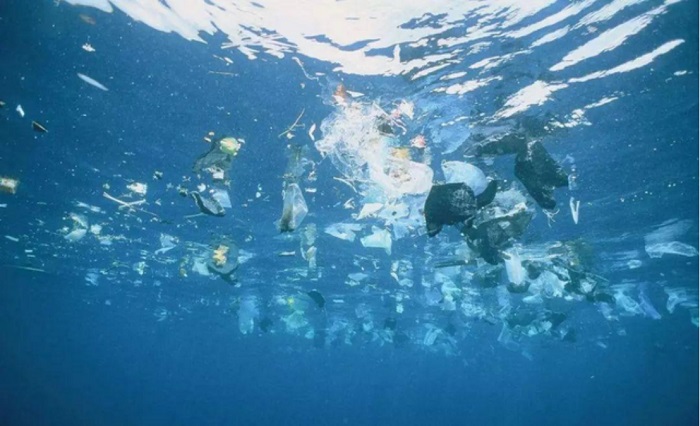
Studies have found that microplastics are hidden in various animals, such as birds, fish and whales. They will be affected by plastic products during the process of preying. These creatures are eaten by humans, so humans cannot escape plastic products. According to this idea, scientists conducted research experiments on the human body.
Through the study of three men and five women of different ages and genders from different countries, according to the food analysis they recorded for a week, and the detection of stool samples provided, it was found that all the samples contained plastic particles. Most of these plastic components in the human body come from the usual plastic food packaging and synthetic clothes.
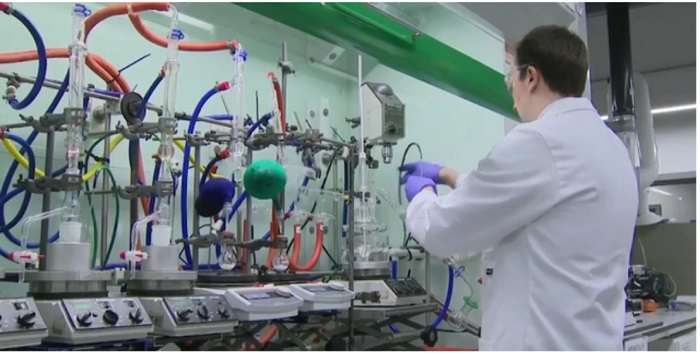
What looks like ordinary plastic packaging or clothing, in fact, will leave extremely small fibers to be absorbed by the human body, which we cannot detect with the naked eye. Whether plastic will enter the deeper organs of the human body, such as the lymphatic system, blood, liver, etc., cannot be concluded for the time being. All in all, the use of plastic products threatens the safety of the entire ecology, threatening the earth on which we live.
Plastic bags are serious white pollution
At present, the most serious white pollution caused by plastic is plastic bags. The world consumes more than 1.2 trillion plastic bags every year, and each adult uses an average of 300, which is equivalent to 1 million per minute. Most plastic bags are discarded after 12 minutes of use. The world consumes nearly 3.3 billion plastic bags every day.
Someone has calculated that a plastic bag pollutes 0.06 square meters of land. If a person throws away one plastic bag casually every day, a city with 1 million people will lose 1 million plastic bags a day, causing about 60,000 square meters of land pollution every day.

At present, various countries have issued plastic restriction orders, and the reduction of white pollution starts from eliminating plastic bags. However, without plastic bags, daily life will be quite inconvenient. What can be used instead of plastic bags?
Non-woven bags, paper bags, cloth bags, etc. are all good choices. Among them, non-woven bag is hot for a while due to its advantage of durability, washability, and cheapness.(try Suntech Non-woven bag machine)
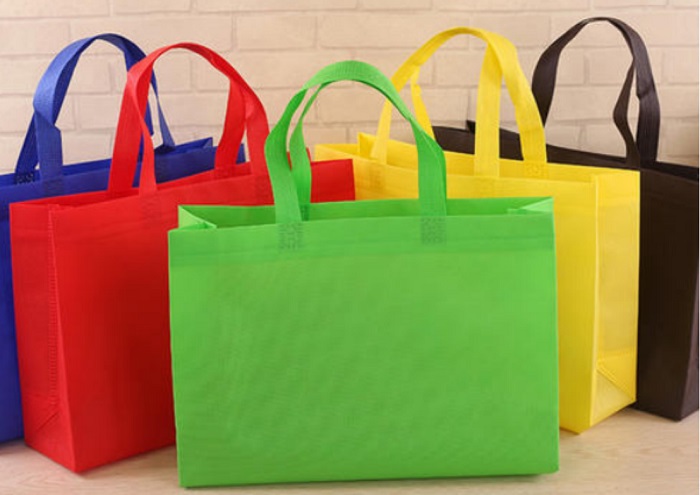
What is a non-woven bag?
Non-woven bags are made of non-woven fabrics and are a new generation of environmentally friendly materials. They are moisture-proof, breathable, flexible, light, non-combustible, easy to decompose, non-toxic and non-irritating, rich in color, low in price, and recyclable. The material can be naturally decomposed when placed outdoors for 90 days, and the service life can be up to 5 years when placed indoors. It is non-toxic, odorless, and contains no leftover substances when burned, so it does not pollute the environment.
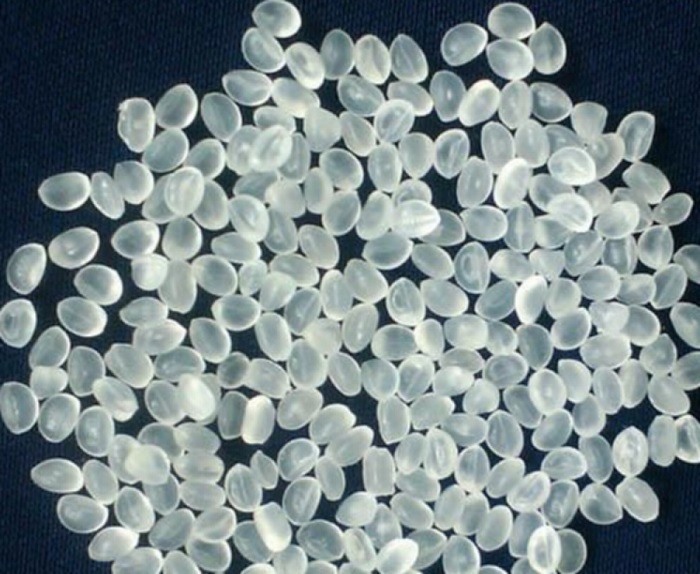
Why are non-woven bags environmentally friendly?
First of all, the main material of non-woven bags is non-woven fabrics. Non-woven fabrics are produced with FDA food-grade raw materials, do not contain other chemical ingredients, have stable performance, are non-toxic, non-odor, and do not irritate the skin. Moreover, the main component of the non-woven fabric is polypropylene. The chemical structure of polypropylene is not strong, and the molecular chain can be easily broken, so that it can be effectively degraded and enter the next environmental cycle in a non-toxic form. The cloth bag can be completely decomposed in 90 days.
Secondly, because non-woven bags are durable, washable and recyclable, the amount of non-woven bags used is greatly reduced, the number of discarded non-woven bags is reduced, and environmental pollution is naturally reduced.
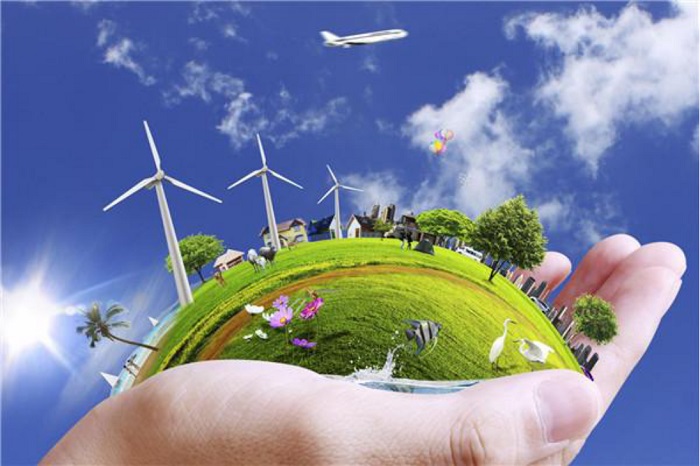
Suntech designs and develops non-woven bag machines according to the standard of "precision manufacturing", and uses intelligent machinery to help human environmental protection and health causes.
